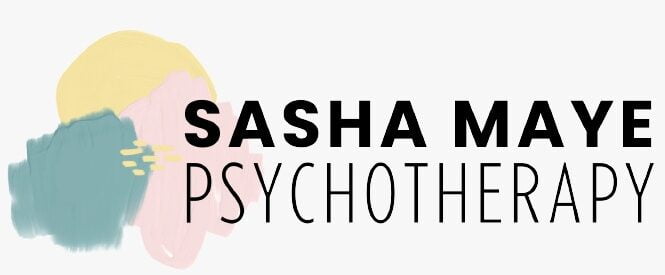As therapists, we often emphasise the importance of delving into the intricacies of the mind, exploring thoughts, feelings, and behaviors. However, it’s equally crucial to recognise the profound connection between the body and the mind in the therapeutic process. Integrating body-focused approaches into therapy can unlock new dimensions of healing and insight, enriching the client’s journey toward well-being.
The mind-body connection refers to the intricate interplay between our thoughts, emotions, physical sensations, and behaviors. Our bodies often serve as vessels that hold and express our emotional experiences, sometimes in ways that words alone cannot convey. For instance, tension in the shoulders may signal underlying stress, while a racing heartbeat might indicate anxiety.
Why do I work with the body?
- Expanded Awareness: Incorporating body-focused techniques broadens the scope of awareness in therapy. By encouraging attunement to bodily sensations, clients can deepen their understanding of their emotional experiences and develop greater self-awareness.
- Trauma-Informed Approach: Trauma is not only stored in the mind but also in the body. Working with the body can help clients process and release traumatic memories and sensations, paving the way for healing and resilience.
- Regulation and Grounding: Body-centered interventions offer practical tools for regulation and grounding, helping clients manage overwhelming emotions and cultivate a sense of stability and safety.
- Holistic Healing: True healing encompasses the whole person—mind, body, and spirit. By integrating body-focused approaches, sessions may becomes more holistic, addressing the interconnectedness of physical, emotional, and psychological well-being.
- Nonverbal Communication: Sometimes, what remains unspoken can be communicated through the body. Paying attention to nonverbal cues allows me to tune into clients’ underlying emotions and experiences, fostering deeper connection and understanding.
Just to be clear, incorporating body-focused approaches into therapy doesn’t mean I’m prescribing specific exercises or activities for clients to engage in during sessions. Instead, it involves cultivating a heightened awareness of the body and its signals, both for the myself and the client. Together, we explore how the body expresses emotions, memories, and patterns, using this awareness as a gateway to deeper understanding and healing.
